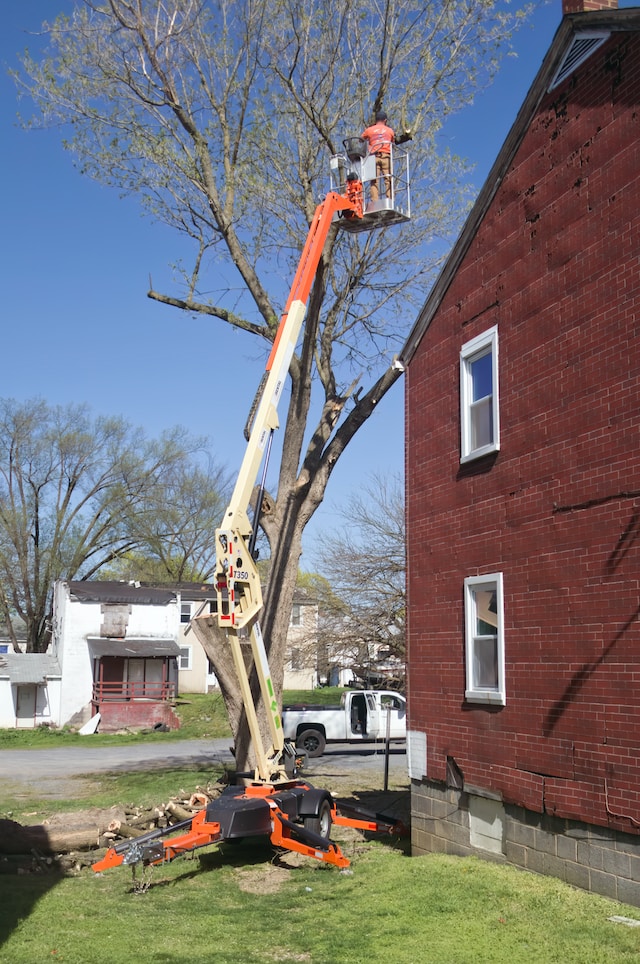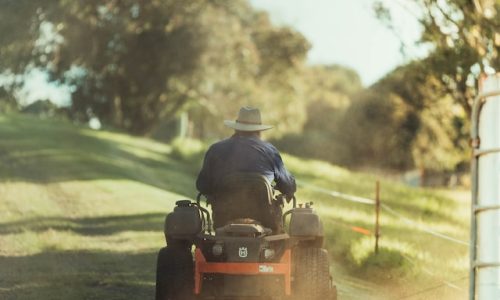- Home
- Home & Family
- The Importance of Tree Pruning and Maintenance

The Importance of Tree Pruning and Maintenance
Pruning helps remove dead branches, which can pose hazards during storms. It also reduces the risk of branches falling on buildings or power lines.
Almost all trees benefit from regular pruning. However, some species of plants require more frequent trimming. These include azalea, rhododendron, mountain laurel, and blooming shrubs like forsythia, lilac, and rose-of-Sharon.
Reduces the Risk of Disease and Infestation
Tree pruning removes dead branches and limbs threatening structures like your home or power lines. This reduces the risk of expensive structural damage during severe weather conditions.
It can also prevent disease-causing fungi from penetrating trunk wounds or spreading from one branch to other tree areas. This is important to protect your trees’ health and ensure their longevity.
The frequency of structural pruning largely depends on the tree species and yard placement. For example, a healthy oak near your house may only need routine pruning every 5-10 years. At the same time, a river birch next to your house should be pruned every three years to keep the limbs off the roof.
Thinning cuts allow more light to penetrate a canopy, which stimulates new growth and helps manage plant size. It benefits fast-growing species.
Reduces the Risk of Storm Damage
One of the most important reasons to schedule regular tree pruning and maintenance is to minimize the potential for expensive storm damage. If a tree’s branches and limbs are too close to structures or power lines, they may break during a severe storm and cause property damage or injury to people and pets.
Pruning removes dead, dying, or damaged limbs, opens the crown for light penetration, reduces weight on heavy limbs, and encourages new growth. It also helps to improve visibility by removing branches that block views or obscure sidewalks, driveways, and vistas.
For needled evergreens such as pine, spruce, and fir, pruning is essential to help maintain their structure and shape. It is best left to tree care specialist Bay Area as improper cuts can cause permanent damage.
Enhances the Appearance of Your Property
Removing dead, diseased, and insect-infested branches and limbs improves the appearance of the entire tree. The process also helps to promote healthier growth and reduce the need for future corrective pruning.
Regular trimming helps expose more of your trees’ canopy to sunlight, enabling a more significant number of leaves to undergo photosynthesis. This can lead to a faster and healthier growth rate, especially for young trees.
Properly pruned trees add beauty and character to your property and enhance the value of your home. They can also be an essential safety feature by reducing the risk of fallen limbs or branches during a storm. This can prevent property damage and injury to people or animals. This can be particularly helpful if you have trees near driveways or other areas of your landscape that may fall on structures or cars.
Increases Safety
Thinning the crown, a common pruning technique, allows more sunlight to reach the foliage and reduces stress on selected limbs due to gravity, wind, or ice. This helps to increase the tree’s life and enhances its overall appearance.
Regular trimming and pruning help trees remain healthy, increasing their value to the property and adding to its real estate value. This prevents the potential for costly storm-related damage and enhances the aesthetics of the landscape. In addition, regular maintenance can decrease energy bills by unblocking the sun’s rays and allowing more sunlight into homes.
Increases Fruit Production
Proper pruning increases the health of trees and promotes good fruit production. Pruning removes diseased or weakened branches and improves the flow of sunlight, water, and air throughout a tree. It also encourages new growth, resulting in more and better quality fruits.
The most common reasons for pruning include removing dead or diseased wood, reducing hazard potential, thinning to increase light penetration, promoting air circulation, and improving the structure of the crown. Pruning can also help you save on energy bills by letting in more natural sunlight.
For example, apples, pears, and cherry trees benefit from regular pruning to reduce the number of lateral shoots. In contrast, peach trees require special attention to limb spreading in the summer for good fruiting and maximum production. It’s best to prune these trees in winter when the weather is more relaxed and less likely to damage the leaves or buds.




